Letter of Recommendation for Masters Program Template
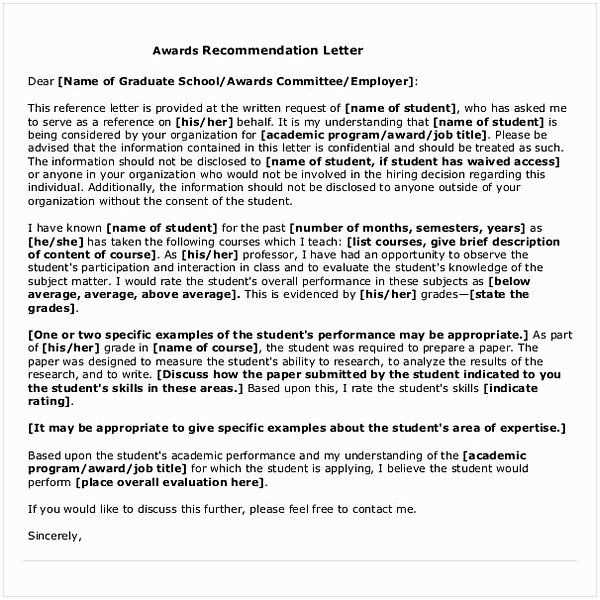
When applying to advanced educational institutions, a compelling personal endorsement can significantly influence your application. A well-structured statement of support highlights your strengths and qualifications, providing admissions committees with valuable insights into your potential. This crucial document often serves as a bridge between your application and the program you’re aiming to join.
Creating a convincing and professional endorsement involves more than simply listing your achievements. It requires careful attention to detail, from the tone of the message to the specifics of your accomplishments. Properly conveying the right attributes ensures that the document stands out in a competitive environment. With the right approach, your recommendation can showcase your capabilities in a meaningful and impactful way.
Key Elements of a Strong Endorsement
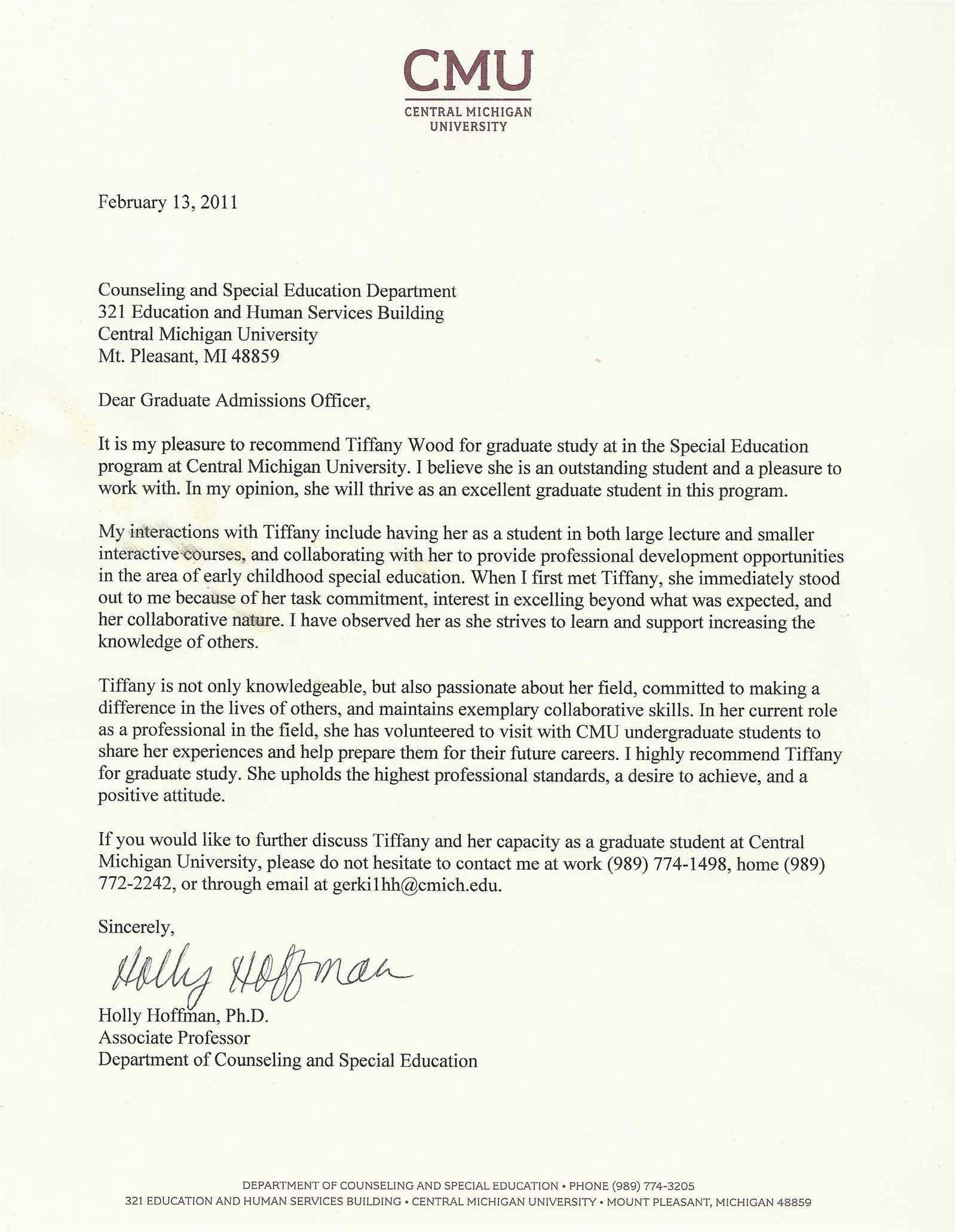
When crafting an impactful endorsement, it is crucial to focus on specific elements that highlight the applicant’s strengths and suitability for further education. Each part of the message should contribute to painting a clear and compelling picture of the individual’s skills, character, and potential. A well-balanced document not only addresses achievements but also provides personal insights that create a connection with the reader.
Clarity and Specificity
A strong document includes clear and concise examples that demonstrate the applicant’s qualities. Rather than vague generalities, specific instances of success, hard work, and dedication make the endorsement more authentic. These detailed examples allow the reader to visualize how the candidate excels in real-world situations and why they are a great fit for their future studies.
Professional Tone and Structure
Maintaining a formal and professional tone is essential in establishing credibility. The structure should flow logically, beginning with an introduction to the applicant’s relationship with the recommender, followed by a description of their qualifications, and concluding with a strong statement of support. Organizing the content effectively ensures that the key points are communicated clearly, leaving a lasting positive impression on the reader.
How to Tailor Your Endorsement for Different Fields
Adapting your endorsement to fit the specific requirements of different academic fields or institutions is crucial for making a strong case. Each area of study values particular skills, qualities, and experiences, and highlighting the most relevant attributes will show that the applicant is well-suited for the challenge. Personalizing the content ensures that the message resonates with the selection committee, increasing the chances of a successful application.
Understand the Program’s Focus
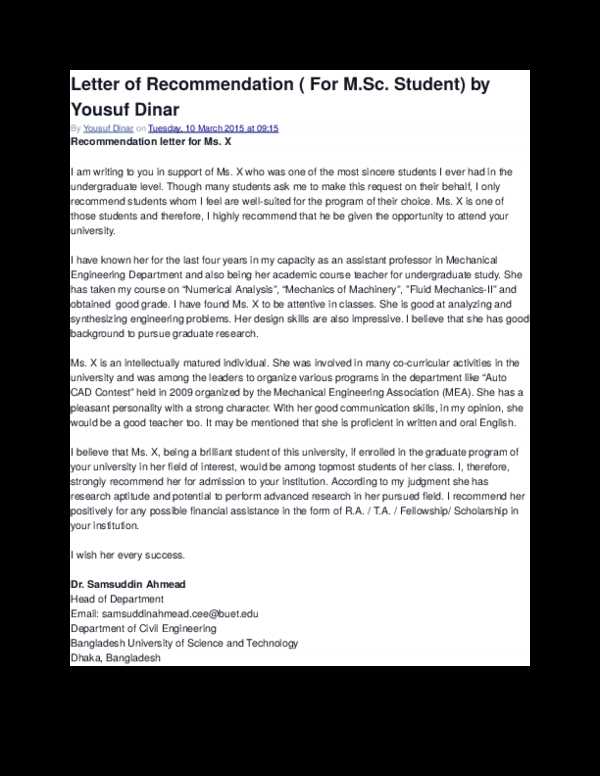
Each field has its unique set of expectations. To tailor your message effectively, start by researching the particular focus of the program. Consider the following:
- What specific skills or experiences are emphasized in the course?
- Does the program prioritize research, technical expertise, or creativity?
- Are there particular traits that the institution values in candidates, such as leadership or innovation?
Highlight Relevant Experiences and Strengths
Once you have a clear understanding of the program’s needs, focus on showcasing the candidate’s experiences and attributes that align with those requirements. Here’s how to approach it:
- Emphasize academic achievements that match the program’s focus.
- Showcase work or volunteer experiences that highlight applicable skills.
- Discuss personal qualities that demonstrate the candidate’s adaptability and potential for growth.
Common Mistakes to Avoid in Endorsements
When crafting an academic endorsement, certain missteps can undermine its effectiveness. Whether it’s a lack of focus, vague language, or errors in tone, these mistakes can diminish the impact of your support. Being aware of common pitfalls can help ensure that your message remains clear, compelling, and professional, thus increasing the chances of making a positive impression.
Overly Generic Statements
One of the biggest mistakes is using broad, non-specific statements that don’t offer any real insight into the candidate’s abilities. Phrases like “a great student” or “very hardworking” are not enough. To be effective, your endorsement should provide concrete examples that showcase the applicant’s qualities in action. Focus on specific achievements and situations that highlight the strengths relevant to the opportunity at hand.
Excessive Flattery and Unnecessary Detail
While it’s important to convey positive qualities, over-exaggerating the applicant’s abilities can make the endorsement seem disingenuous. Avoid excessive praise that feels forced, as well as irrelevant details that don’t contribute to the person’s qualifications. The focus should remain on qualities that are pertinent to the academic or professional setting, ensuring a balanced and credible narrative.
Formatting Tips for a Professional Appearance
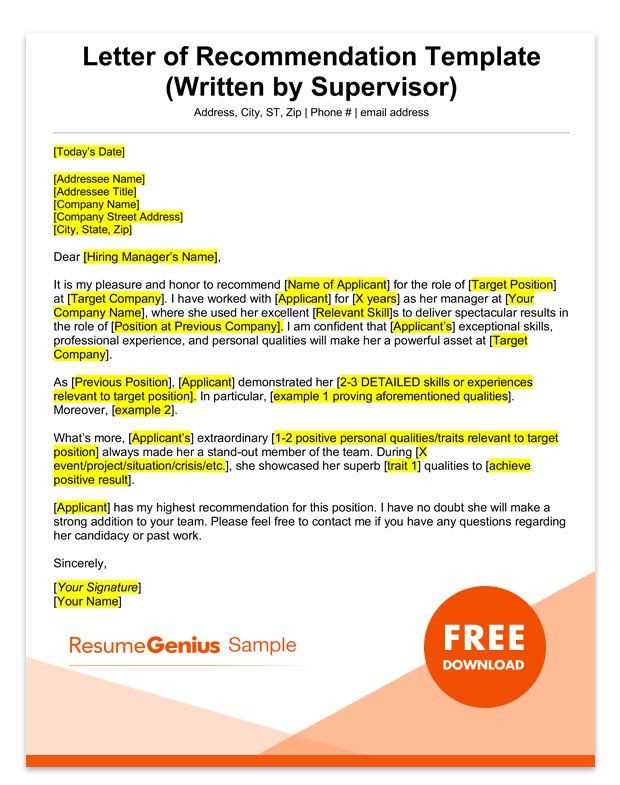
The presentation of your endorsement plays a significant role in making a lasting impression. A well-organized and cleanly formatted document not only ensures readability but also reflects the professionalism of the applicant and the recommender. Proper formatting enhances the overall impact, making the content more compelling and easier for the reader to digest.
Consistent and Clear Structure
A professional endorsement should follow a clear and logical structure. Start with a brief introduction, followed by the main body detailing the applicant’s qualifications, and end with a strong closing statement. Each section should be distinct and easy to follow. Ensure that paragraphs are well-spaced and that the flow from one idea to the next is smooth, allowing the reader to easily absorb the key points.
Choosing the Right Font and Size
The choice of font and size is crucial to ensure readability. Stick to professional fonts such as Arial, Times New Roman, or Calibri, with a font size of 10-12 points. This ensures the document is easy to read while maintaining a formal appearance. Avoid using decorative or hard-to-read fonts, as they can detract from the professionalism of the content.
How to Request a Letter from Professors
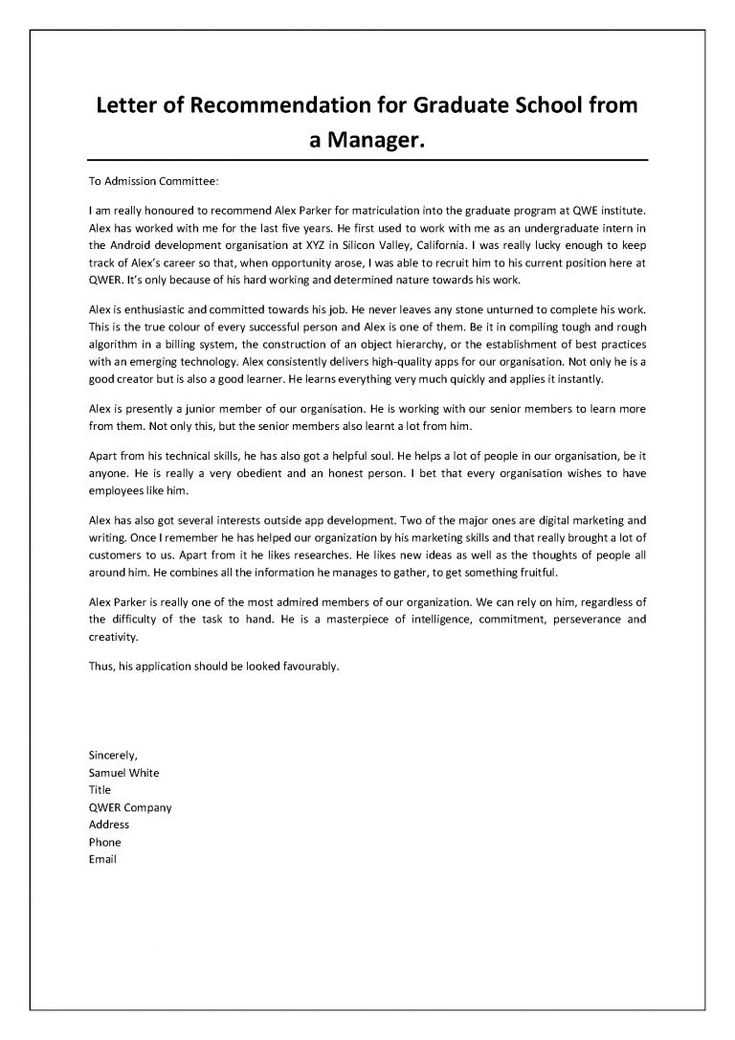
Asking a professor to support your application with a formal endorsement requires tact and careful planning. It’s essential to approach the request in a respectful manner, providing the necessary details to help them write a compelling statement. A clear and thoughtful request not only makes the process smoother but also increases the likelihood of receiving a strong, personalized endorsement.
Begin by reaching out well in advance, giving the professor enough time to consider your request and write a thoughtful document. Be sure to provide them with relevant background information, such as the program you are applying to, the skills or achievements you would like highlighted, and any specific deadlines. Offering to meet in person or through email can help clarify any additional details they may need to make the endorsement as tailored as possible.
Impact of a Well-Written Endorsement
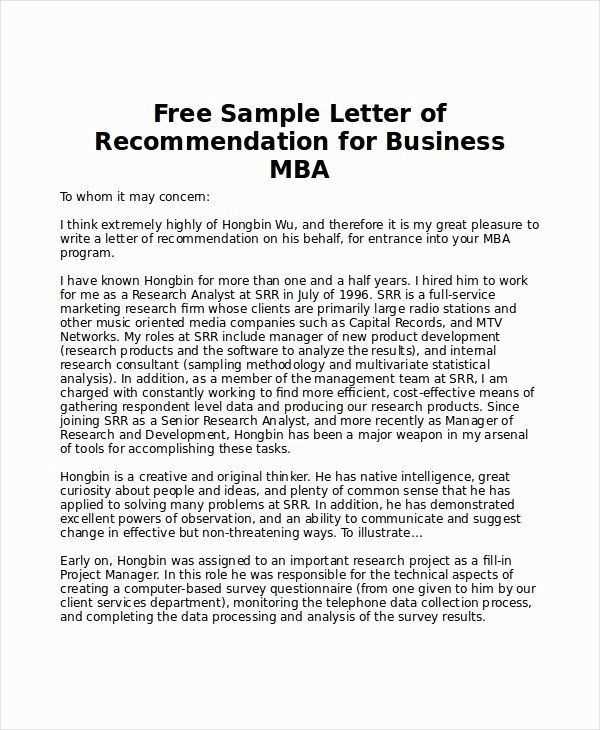
A carefully crafted endorsement can significantly influence an applicant’s chances of success. It serves as a powerful tool to showcase a candidate’s strengths, achievements, and potential in a way that no application form can. A strong endorsement not only highlights key skills but also adds a personal touch that helps distinguish the applicant from others. When well-written, it can leave a lasting impression on the selection committee, helping to secure a spot in competitive opportunities.
How a Strong Endorsement Can Affect Your Chances
A well-composed endorsement brings credibility and depth to the application. It provides insight into the candidate’s capabilities that goes beyond the resume, offering a unique perspective on their character and potential. Here’s a comparison of the impact a solid endorsement can have versus a weak one:
| Strong Endorsement | Weak Endorsement |
|---|---|
| Highlights specific achievements and examples. | General statements with little detail. |
| Offers a clear endorsement of the candidate’s fit. | Uncertain or neutral tone. |
| Demonstrates the candidate’s value and potential. | Focuses on only basic information. |
Long-Term Effects on Career Opportunities
A well-written endorsement can have a lasting impact not only on immediate academic or professional opportunities but also on long-term career development. The impression it leaves can influence future interactions with the applicant, as it provides insight into their strengths and potential contributions to any team or field they pursue.